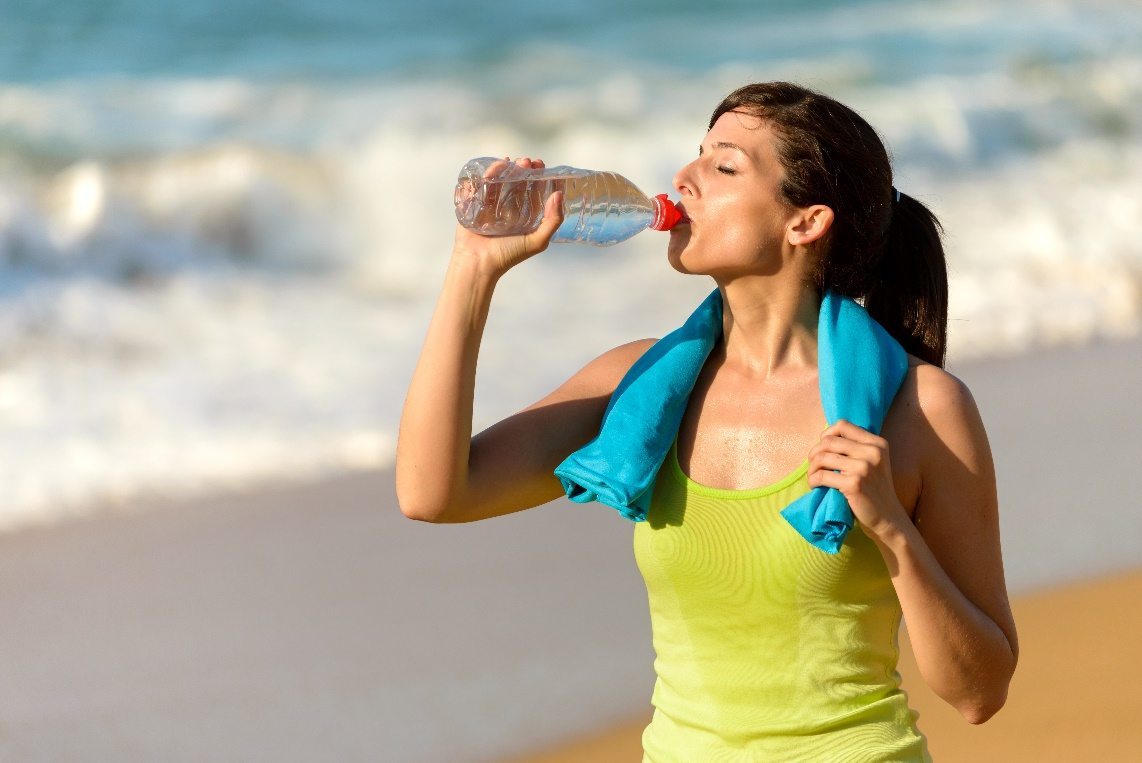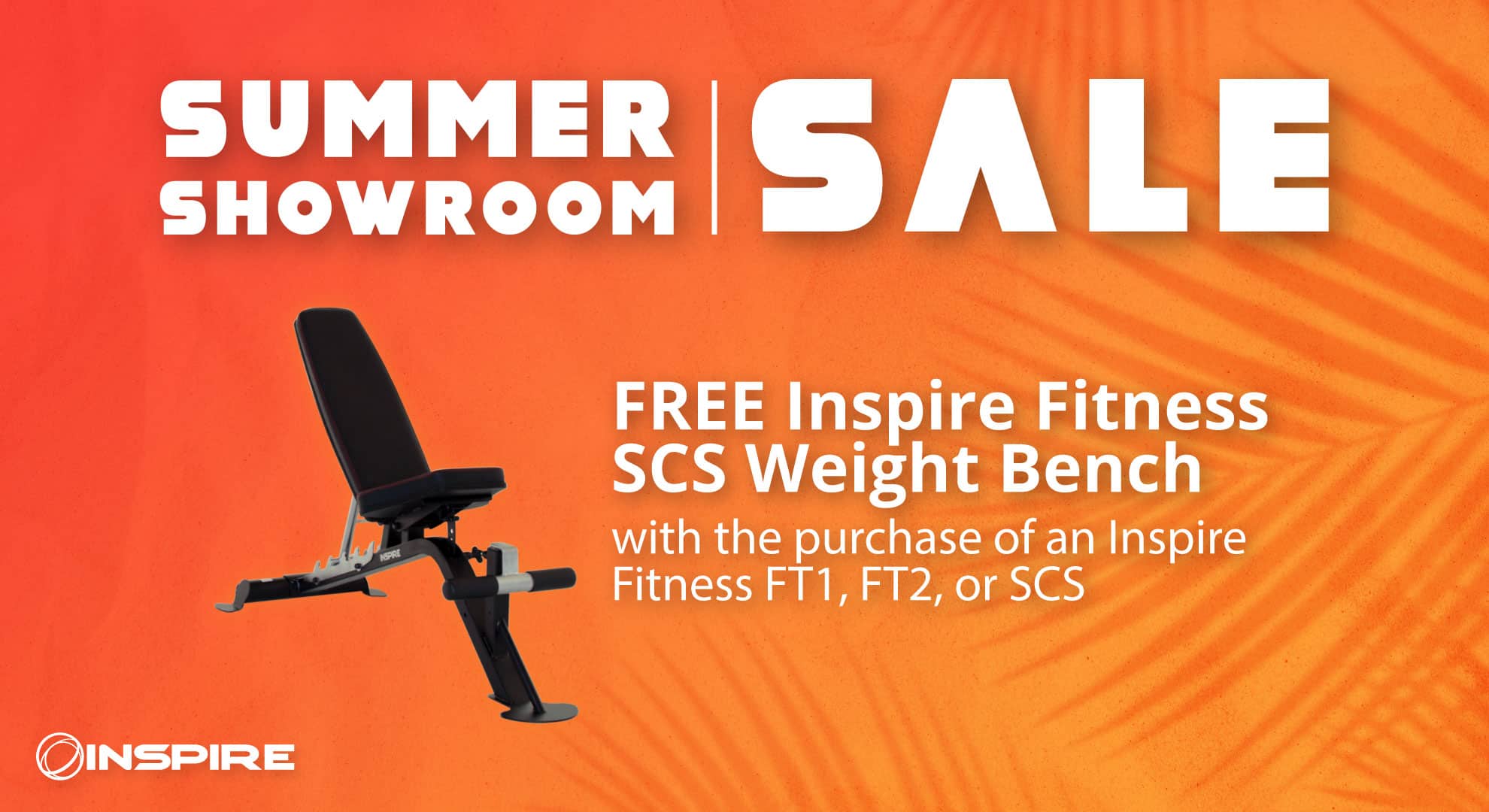The Key to Optimal Exercising in Hot Weather
This entry was posted on November 7, 2017.
Summer is here.
After the refreshingly cool climate, we are slowly transitioning into the warmer months. This means a lot of things will change. Besides having a perfect excuse to show off your new toned abs, you should also consider changing your exercise strategy. Naturally, the way you work out will be different.
It is true that working out in the heat can be dangerous, but if you acclimatize your body to the higher temperature, you could make the most of it. This spring, prepare yourself for fitness that will enable you to leverage exercising outdoors during the summer. It requires a few adjustments that will pay off eventually.
-
Give yourself at least two weeks to adjust to exercising in the heat
The human body is capable of so many things. It can adjust to extreme temperatures, given sufficient time. The body’s ability to dispel heat requires lots of physical changes. You can use a Fitbit or other heart rate monitor to your body’s progress in maintaining coolness.
Gently start introducing your body to a warmer temperature. Go to a sauna or a steam room; you can even take up Bikram yoga if you wish. As you do so, take stock of your starting heart rate in these situations. You’ll notice a growing tolerance as the days progress and your body adjusts to the warmer temperature. Having an increase of 10 extra beats/minute in less than 10 minutes is not unusual.
-
Use a heart rate monitor during the acclimatization exercise
During this period, do not exercise as strenuously as you normally do. You can decide to reduce your regimen by a few rounds. This is to help your body build its tolerance to heat without overexerting itself. One side effect of this exercise is the tendency to burn off excess body fat.
This is good because in the winter months, our reduced state of activity forces us to gain some weight. Use of heart rate monitoring device and continue to watch the changes. You are doing this to maintain moderation in your acclimatization exercise. Record it; it is interesting to see how progress builds up.
-
Keep your pace moderate
It is normal to notice a reduction in your level of activity. The body has its own buffers to prevent over-exertion. One of them is to decrease activity. As your tolerance levels build up in the heat, so will your pace. Soon, your body will adapt to the hot weather conditions. How will you know? By the copious amount of sweat your produce.
Start your day with 10 to 15 minutes of outdoor exercise. Be wary of going out in the peak temperature and humidity periods (between 1 pm and 5 pm). The early morning is always better because the sun is light and you can increase your vitamin D levels. Increase your work out rate over the next 10 to 14 days until your body safely adapts.
-
Check your clothing; light and breathable is good
Your exercise gear will have to change. Substitute your clothing for something synthetic and breathable. They make for comfortable training in the heat. It’s not an unusual sight to see people sweating profusely at the gym because of their wrong choice of wear. Perhaps, they are banking on the idea that sweating more means increased fat burn. Many people may not know this, but weight loss from loss of water is extremely unhealthy.
You can also facilitate heat loss by placing a damp towel over your neck. Instead of a hat, you are better off using sun visors because they allow heat dissipate faster.
-
Drink up; you’ll need it
Staying hydrated is very important. It is no secret that you sweat more in hot weather, let alone during a workout. While mild dehydration can lead to headaches, fatigue, and anxiety, a severe one can cause fever or unconsciousness. Many experts recommend drinking half of your body weight in ounces of water daily. You can drink 8 ounces of water 20 minutes before an outdoor exercise session.
Also, remember to rehydrate after exercise. It doesn’t have to be only water; stock up on your electrolytes too. Drink fluids rich in sodium, potassium, magnesium, and chloride. Low sodium levels can affect physiologic functioning. If you don’t have electrolyte drinks, you can treat yourself to some salted peanuts.
By full summer, your body will have adjusted completely to the heat. But that doesn’t mean you have to go out every day. You can exercise from home. The BH Fitness SK8900 Treadmill or the Precor TRM 731 treadmill is great equipment for home workouts. You can get them here at Fitness Expo.
Is your tolerance high enough yet? Keep exercising, summer is only a few months away.





